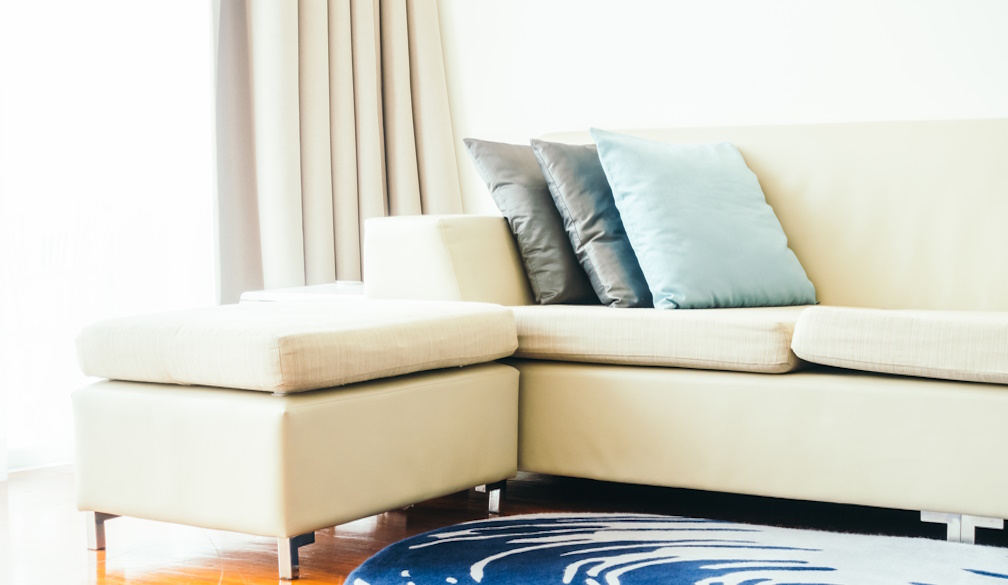Ergonomic Benefits of a Chaise Lounge Sofa You Need to Know
- Published in Furniture

Comfort feels simple. Good ergonomics does not. Many living rooms chase looks first and only then think about bodies that sit for hours. An extended seat with a supportive back solves that gap. A chaise lounge sofa gives your body a place to rest from head to toe, so posture, circulation, and muscle comfort all get a lift without extra gadgets or awkward add-ons.
Posture that actually holds
Healthy posture needs three things from a seat: neutral hips, a calm lower back, and a chest that can open for easy breathing. A chaise sets you up for that. The long cushion lets your legs extend so your pelvis stays level. Your lower back meets a backrest instead of hanging in mid-air, so your spine keeps its natural curve. With the torso supported, your shoulders drop and your neck stops craning forward. The result feels relaxed but not slumped, which is the sweet spot for joints and discs.
Less pressure, better circulation
Leg elevation matters. When feet rise above the level of the seat, pressure shifts off the sit bones and spreads through the thighs and calves. Blood returns to the heart with less resistance, so ankles feel lighter and cramps back off. The long platform also removes the hard edge that many short seats press into the back of the knees. That single change can reduce pins-and-needles and help restless legs calm down after a busy day.
Muscles that can finally switch off
Most couches ask small stabiliser muscles to work nonstop. You brace your core to stay upright. You tense your hip flexors to keep from sliding. A chaise changes the job description. Your legs find a natural rest, your hips open, and your trunk settles into the backrest. With weight spread out, the body does not fight the furniture. Many people report fewer mid-back knots and less neck strain by the end of an episode, a game, or a long chat with friends.
Support for real life, not showroom life
A good lounge serves more than one posture. Sit upright for conversation. Slide down a notch for a read. Stretch out flat for a nap. A chaise gives you all three in one footprint. It also suits shared spaces. One person can curl up on the long seat while another sits upright at the corner. Families with kids or pets benefit too, since a longer cushion handles sprawling with ease and without crowding the room.
Why the shape matters
Seat geometry plays a quiet but strong role in comfort. Look for a backrest height that covers the lower shoulder blades at least, with a gentle lean so the head does not push forward. A medium seat depth supports the thighs without pushing the spine into a slump. Firm-but-responsive foam or pocketed cushions keep the pelvis level and stop that slow slide that leads to slouching. Arm height should meet the elbow in a relaxed bend so shoulders do not hike up. Small details, big payoff for everyday comfort.
L configurations that work harder
Room layouts vary, and a chaise integrates smoothly with sectional formats. A classic l shape sofa gives you a long run for social seating plus an extended leg section for recovery time after work or sport. The corner spot supports both back and side positions, so guests do not fight for the same seat. Households that entertain will often note that people gather around the chaise end because it invites a relaxed posture without isolating the person who uses it. For compact homes, l shape lounges can make smart use of a corner so you gain stretch-out space without adding more furniture.
Health hints for picky bodies
People with tight hip flexors, lower-back flare-ups, or desk-job stiffness often find relief with a chaise. Extended legs open the front of the hips. A supportive back keeps the lumbar curve alive, which reduces strain on discs. Side sleepers who read on the sofa can prop a cushion between the knees to keep the spine neutral. Taller users should check total chaise length so feet do not dangle. Shorter users can add a small lumbar pillow to fill the gap behind the lower back for a snug, upright sit.
Fabric, care, and daily life
Ergonomics also touches materials. Breathable fabric keeps the contact points cool, which helps muscles relax. Cushions with consistent density from front to back prevent hip drop. Sturdy frames stop wobble so your body can trust the seat. Families with kids or pets can choose easy-clean textiles to lower stress during daily use. The goal stays the same: calm the body, reduce fidgeting, and keep posture friendly through a movie, a book, or a weekend chat.
Shopping in Sydney
If you are exploring options in the local market, browse sydney sofas for sizes and fabrics that match your space and support needs. A dedicated specialist can also help you test seat depth, back height, and cushion response so you pick a chaise that fits your body. For a broad view of styles and layouts, start with lounges sydney and narrow by room size and preferred shape.
Final word
Ergonomics at home does not have to feel clinical. A chaise blends health and ease in a single, welcoming seat. You get better posture without rigid angles, calmer muscles without bulky accessories, and circulation perks without stacked pillows. With a thoughtful layout and supportive materials, a chaise can anchor the room and care for the people who live in it. If you want a ready example that combines comfort and smart geometry, explore chaise lounges sydney and try a few positions in person. Your back, hips, and legs will tell you the truth the moment you sit.

